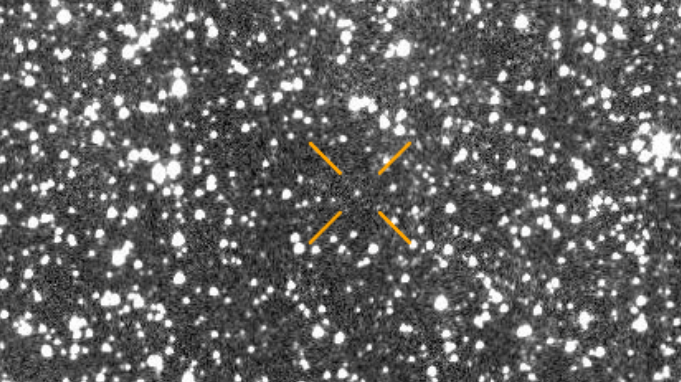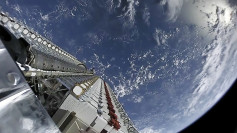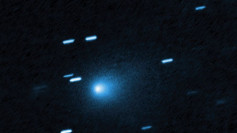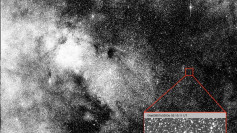Astronomers have confirmed that the interstellar comet 3I/ATLAS has reappeared intact after briefly vanishing from telescope view, dispelling a wave of viral social media claims that it exploded near the Sun. The object, only the third known interstellar visitor to enter our Solar System, had temporarily disappeared as it moved behind the Sun's glare - a routine event that was misinterpreted online as catastrophic destruction.
The initial surge of rumors was fueled by blurred images and shaky video clips shared widely on platforms such as X and Reddit. Posts alleged that the comet had "vanished into thin solar air" or "exploded upon impact with solar radiation." Some users went further, connecting the disappearance to alien activity or suggesting a deliberate cover-up by an unnamed space agency.
Astronomers quickly moved to correct the misinformation. According to scientific observations cited by multiple observatories, the comet's disappearance coincided exactly with the point in its orbit where it passed directly behind the Sun from Earth's perspective. Such alignments temporarily obscure many celestial objects from view. Experts emphasized that 3I/ATLAS's invisibility had nothing to do with disintegration.
The misunderstanding stemmed partly from the comet's rare status. 3I/ATLAS is only the third interstellar object ever documented, meaning it originated outside our Solar System. Its journey has therefore attracted immense attention from both scientists and the public. When it faded from view during its perihelion-the moment when it comes closest to the Sun-its dimming brightness sparked speculation that it had succumbed to the Sun's heat.
Before its disappearance, observers noted a significant loss of brightness and the fading of its tail. To the untrained eye, this resembled comets that had previously fragmented under similar conditions, making the "explosion" theory appear plausible. Yet astronomers clarified that these changes reflected a normal response to solar heating. As comets approach the Sun, their ices vaporize and release gas and dust, altering how light reflects off their surface.
After several days of speculation, new telescope data confirmed that 3I/ATLAS had emerged again from behind the Sun, following its predicted orbit. While it now appears slightly dimmer and possibly missing part of its earlier tail, experts have confirmed it remains gravitationally stable and structurally intact. The reappearance immediately ended the most extreme rumors, reaffirming the comet's continued presence in the Solar System.
With the object once again observable, scientists are resuming their analysis of its physical properties. Using both Earth-based and space telescopes, researchers are gathering new measurements of its trajectory, brightness, and composition. Understanding its chemical makeup-especially its volatile ices and dust grains-may reveal how comets form in other star systems and whether those environments share similarities with our own.
Because 3I/ATLAS originated beyond the Sun's gravitational influence, its study provides an unprecedented opportunity to compare interstellar material to that of native Solar System objects. Each sample of data collected could help clarify whether planet-forming processes across the galaxy follow the same fundamental physics.




